The Border Security Bill was introduced in Congress to address issues surrounding immigration enforcement and border security. However, upon further analysis, the bill contains loopholes and provisions that would undermine its stated goals.
The bill authorizes an increase of 250,000 green cards over five years in addition to permitting a daily average of 5,000 migrants to enter the country, not including exempted groups like unaccompanied minors and asylum seekers. This level of migration would become the status quo and further strain border resources.
Border Security Bill Authorizes 5,000 Migrants Per Day To Enter the U.S.
The Border Security Bill contains provisions that would undermine current immigration enforcement. The bill authorizes up to 5,000 migrants per day to enter the U.S., not including unaccompanied minors, asylum seekers, or those paroled for humanitarian reasons.
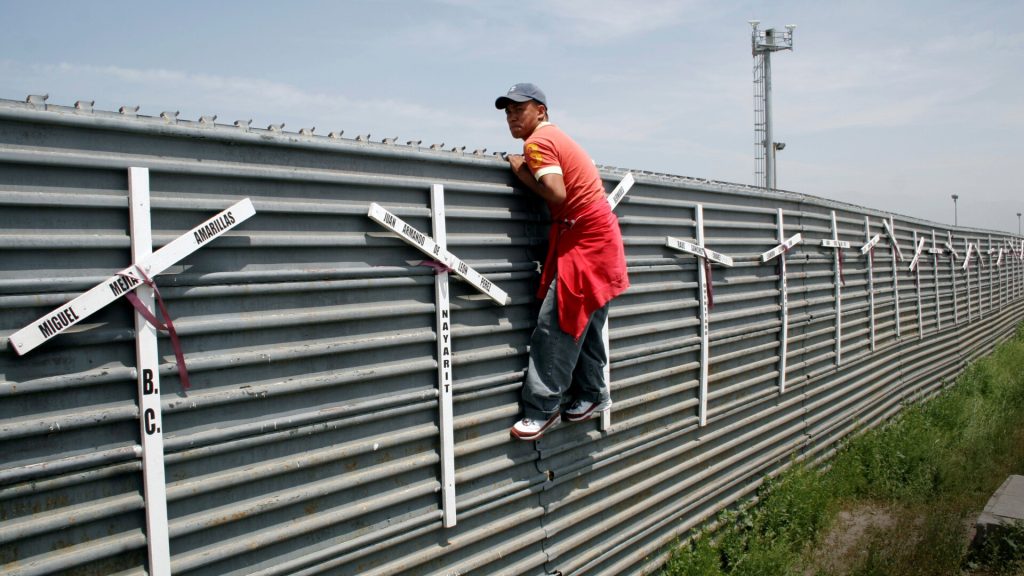
According to Senator Marco Rubio, the bill “is in no way ‘tough’ on the border, nor would it curtail the mass migration crisis we face. In fact, it would do the opposite.” The bill provides no remedy for the millions of migrants who have entered illegally.
Migrants Shall Only Enter the U.S. for Humanitarian Reasons Only
The bill also expands the humanitarian parole program, allowing the Biden administration to continue permitting large numbers of migrants to enter for humanitarian reasons. An anonymous Biden administration official boasted that “The legislation does not impact the process at all,” indicating the bill would codify and expand current policies that have led to crisis levels of illegal immigration.
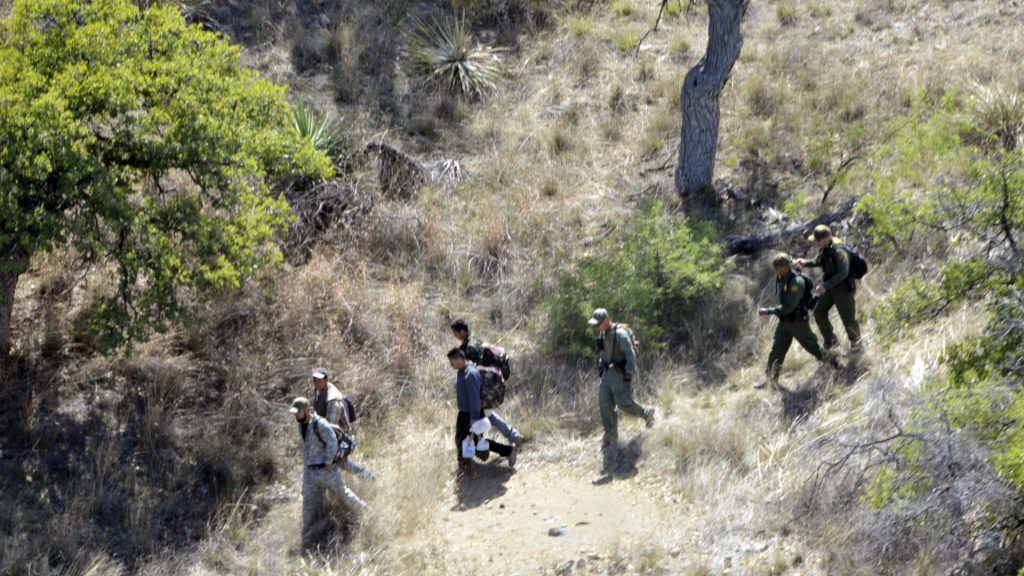
Rather than addressing the root causes of the border crisis, the bill appears designed to provide legal justification for the Biden administration’s actions. Existing law already provides the executive branch with the authority to limit immigration during national emergencies.
Analysis of the Border Bill’s Effectiveness
An analysis of the provisions in the proposed border security bill suggests that it would be largely ineffective in addressing the issues surrounding immigration enforcement and border security. The bill’s definition of a “border emergency” is problematic.
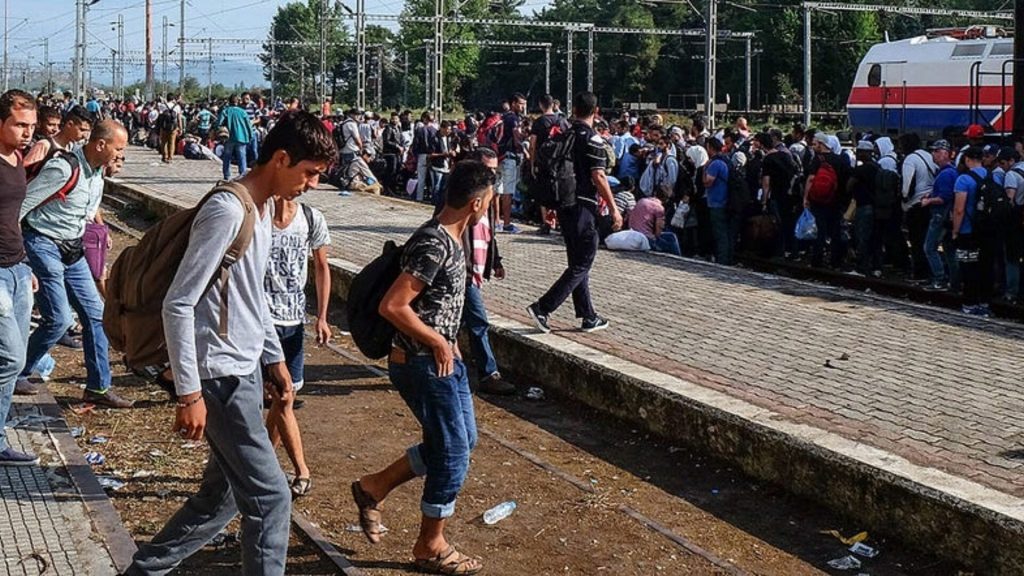
It would allow up to 8,500 migrants to enter the U.S. per day, amounting to millions of migrants per year, excluding unaccompanied minors, asylum seekers, and immigrants from Mexico. This high number would overwhelm border facilities and personnel, making it difficult to screen entrants or apprehend those attempting to evade screening properly.
No Addressing The Huge Number of Illegal Immigrants
The bill does not address the millions of undocumented immigrants who have entered the country illegally Instead, it offers work permits and release from detention to many migrants, which could incentivize further illegal immigration due to the perception of lenient enforcement and pathways to legal status.

At the same time, the bill also allocates 250,000 additional green cards over five years, exacerbating competition in the labor market and potentially depressing wages for American workers already facing economic difficulties.
Loopholes in the Border Security Bill
The Border Security Bill aimed to address issues with illegal immigration and secure the southern border of the United States. However, upon examination of the bill’s provisions, it becomes clear that it fails to achieve these goals and instead creates loopholes that undermine immigration enforcement.
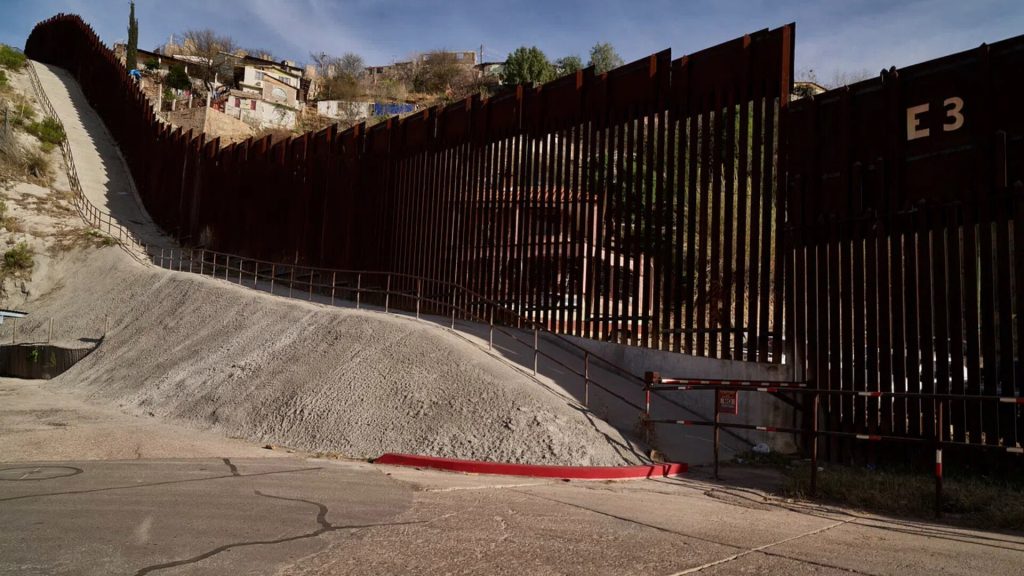
It authorizes an exorbitant number of green cards over five years that will only serve to incentivize further illegal immigration. As noted by conservative experts, this will negatively impact American workers who are already struggling with high costs of living and job insecurity. The massive influx of foreign workers will flood the labor market and drive down wages, hampering economic opportunity for citizens.
How the Loopholes Undermine Immigration Enforcement
The provisions within the Border Security and Immigration Reform Act contain several loopholes that would undermine current immigration enforcement efforts. As noted by Senator Marco Rubio, the bill does not actually address the root causes of the ongoing migration crisis at the southern border.
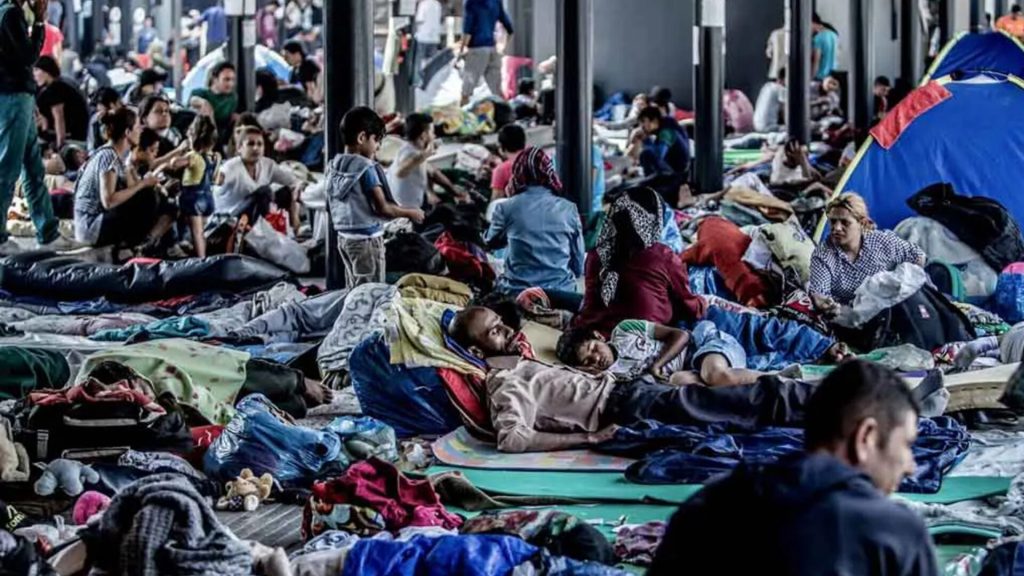
The bill establishes an alarmingly high threshold for what constitutes an “emergency” at the border, allowing up to 8,500 migrants to enter the country per day before any emergency actions can be taken. This number does not account for unaccompanied minors, asylum seekers, or those entering through humanitarian parole programs, which could add millions of additional migrants annually.
Impacts of the Loopholes on Border Security
The loopholes created in the Border Security and Immigration Reform Act severely undermine the nation’s immigration enforcement systems and border security. As noted by Senator Marco Rubio, the bill would essentially make mass migration the status quo by allowing thousands of migrants to enter the country each day in addition to the exempted groups, which would amount to millions of migrants annually.
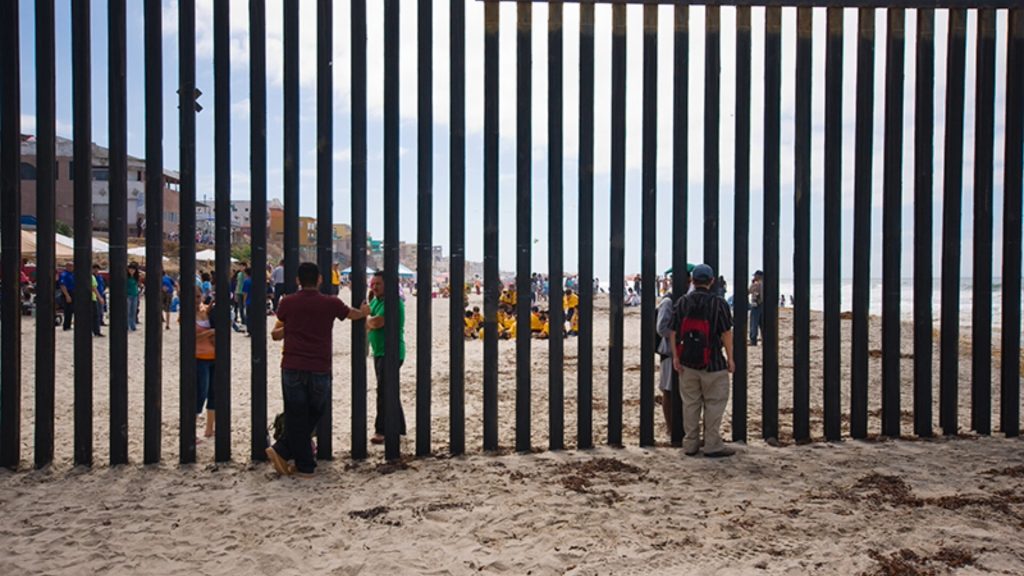
Instead of addressing the migration crisis, the bill rewards those who entered illegally under the current administration by providing them with work permits and releasing them from detention. In fact, the bill appears designed to legitimize the extra-legal actions already taken by the administration.
Authority To Restrict Entry
The administration currently has the authority to restrict entry to protect national interests but has failed to do so, preferring instead to dismantle effective policies. According to Senator Rubio, the administration is too constrained by its base to change course, hoping instead that Republicans will be blamed for blocking their disingenuous deal.
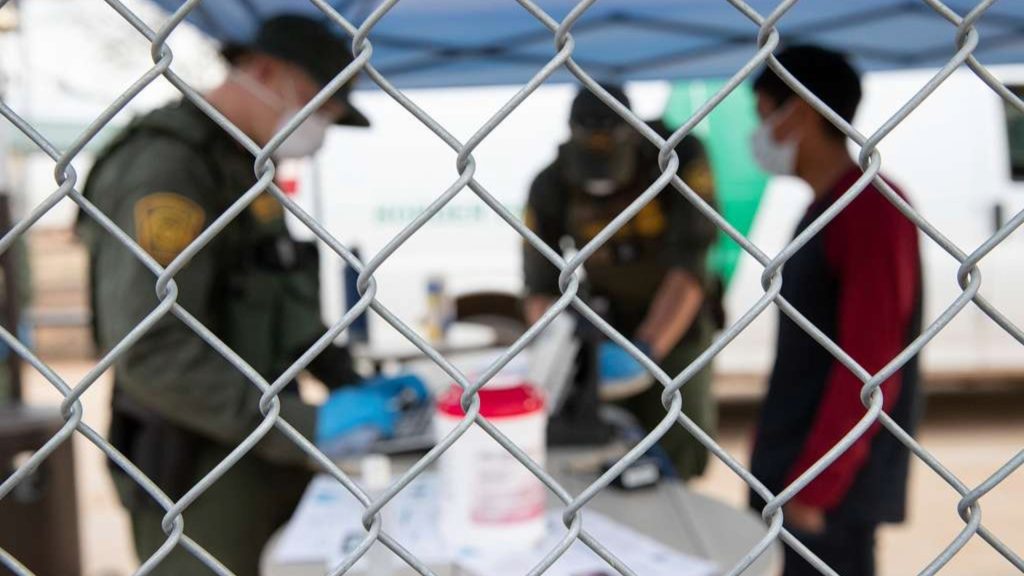
The administration made an intentional choice to open borders in violation of the law, even taking states to court when they attempted to defend themselves. No new law would have compelled this White House to follow proper procedures. While the left and media chastise Republicans for threatening the rule of law and democratic institutions, the current administration has been actively undermining both.
Potential Changes to Strengthen the Border Bill
Several changes could strengthen the proposed border bill. The bill should remove exemptions for certain migrant groups that essentially make mass migration the status quo. As currently written, the bill allows up to 5,000 migrants per day, not including unaccompanied minors, asylum seekers, or those paroled for humanitarian reasons.
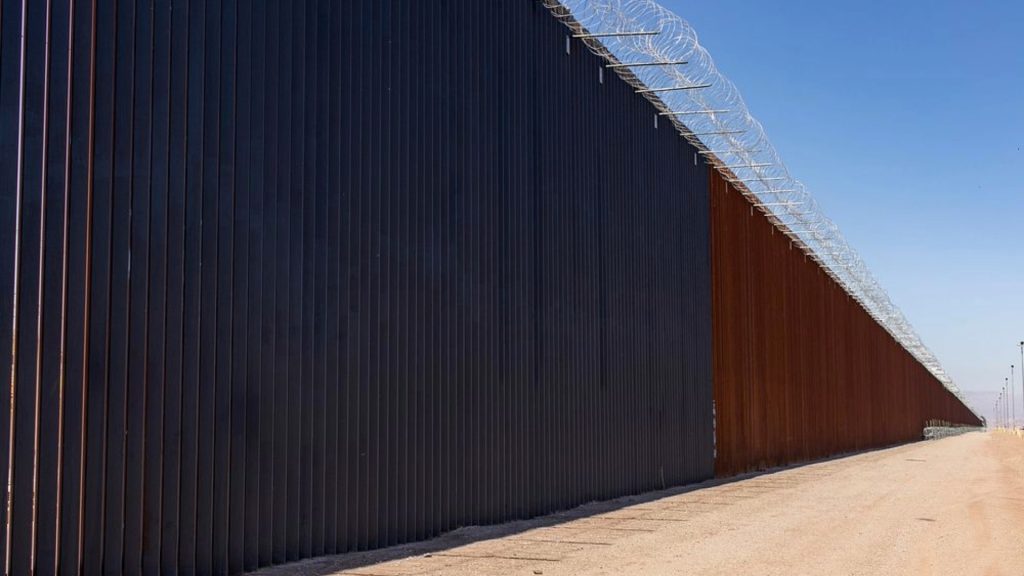
Rather than rewarding these migrants with work permits and release from detention, the bill should require their immediate deportation. Deporting migrants who have entered illegally would send a strong message that violating U.S. immigration laws will not be tolerated.
Alternative Approaches to Improving Border Security
Improving border security requires a multi-faceted approach. While increased funding for border patrol agents, improved surveillance technology, and physical barriers are critical components, policy changes must also be implemented to address unauthorized immigration truly.

Cooperation with Mexico and Central American countries is key. The U.S. could provide financial and technical assistance to Mexico to secure its northern and southern borders. In Central America, the U.S. could support anti-corruption and economic development initiatives to improve conditions and reduce the desire to migrate.






